If you're in the process of renovating your kitchen or installing a new sink, you may have come across the term "air gap." But what exactly is an air gap, and do you really need one for your kitchen sink? An air gap is a small device that is typically installed on your kitchen sink or countertop next to your faucet. It is designed to prevent dirty water from your sink or dishwasher from backing up and contaminating your drinking water. It also helps to prevent clogs and damage to your dishwasher. The short answer is yes, you do need an air gap for your kitchen sink. It is an essential part of your plumbing system and plays a crucial role in keeping your water clean and safe. Let's dive into the details of why an air gap is necessary for your kitchen sink.Do I Need an Air Gap for My Kitchen Sink?
An air gap is a small, cylindrical device that is typically made of plastic or stainless steel. It has three main components: the inlet, the outlet, and the vent. The inlet is connected to your sink drain or dishwasher, the outlet is connected to your drain pipe, and the vent allows air to flow through the device. So, do you really need an air gap for your kitchen sink? The answer is yes, as it is required by most building codes. It serves as an extra layer of protection against contaminated water and helps to prevent issues with your plumbing system.What is an Air Gap and Do You Need One?
If you have a dishwasher, an air gap is even more crucial. Without an air gap, there is a risk of dirty water from your sink or garbage disposal backing up into your dishwasher. This can not only cause unpleasant odors but also lead to clogs and damage to your dishwasher. Furthermore, an air gap helps to prevent cross-contamination between your dishwasher and sink. Without it, bacteria and food particles from your dirty dishes can easily make their way into your clean dishes and even your drinking water.Why is an Air Gap Necessary for Your Dishwasher?
Installing an air gap for your kitchen sink is a relatively simple process that can be done in a few steps. It is typically installed on your countertop or sink next to your faucet. To install an air gap, you will need a drill, a hole saw, and a few other basic tools. First, determine the best location for your air gap. Then, using the hole saw, drill a hole in your countertop or sink that is slightly larger than the diameter of the air gap. Next, install the air gap by following the manufacturer's instructions.How to Install an Air Gap for a Kitchen Sink
The purpose of an air gap is to prevent contaminated water from entering your clean water supply. It does this by creating a physical separation between your kitchen sink or dishwasher and your drinking water. The air gap also helps to prevent clogs and damage to your plumbing system. In some cases, an air gap may also serve as an alternative to a "high loop," which is another method of preventing dirty water from backing up into your dishwasher. However, an air gap is typically seen as the more effective and reliable option.What is the Purpose of an Air Gap?
Just like any other part of your plumbing system, an air gap needs to be cleaned regularly to ensure it functions properly. Over time, food particles and debris can build up in the device, leading to clogs and other issues. To clean your air gap, you will need to remove the top cap and cover. Then, use a bottle brush or pipe cleaner to remove any buildup inside the device. You can also use a mixture of vinegar and water to help break down any stubborn residue. Once cleaned, make sure to reassemble the device properly.How to Clean an Air Gap for a Kitchen Sink
The best location for an air gap is typically next to your kitchen sink or faucet. This allows for easy access and also ensures that it is in close proximity to your dishwasher. However, if you have limited counter space, it can also be installed on your sink or even in your cabinet if necessary. Make sure to consult your local building codes for any specific requirements for the location and installation of an air gap.What is the Best Location for an Air Gap?
If you notice any issues with your air gap, such as leaking or strange noises, there may be a problem with the device. In most cases, the issue can be resolved by cleaning the air gap as mentioned earlier. If cleaning does not resolve the issue, you may need to replace the air gap. It is recommended to consult a professional plumber for any complicated issues with your air gap.How to Troubleshoot an Air Gap for a Kitchen Sink
As mentioned earlier, an air gap may serve as an alternative to a high loop, but what exactly is the difference between the two? A high loop is a simple method of preventing dirty water from backing up into your dishwasher. It involves routing the dishwasher drain hose to the highest point under your sink before connecting it to the drain pipe. This creates a loop that prevents water from flowing back into the dishwasher. While a high loop may be effective, it is not as reliable as an air gap and may not be compliant with building codes in some areas. An air gap provides a physical barrier and is considered the more effective option for preventing contamination.What is the Difference Between an Air Gap and a High Loop?
When it comes to choosing an air gap for your kitchen sink, there are a few things to consider. First, make sure to select a device that is compliant with your local building codes. You will also want to choose an air gap that is made of durable materials and easy to clean. Additionally, you may want to consider the design and style of the air gap to ensure it complements your kitchen aesthetic. Consult with a professional plumber if you are unsure about which air gap is best for your specific needs.How to Choose the Right Air Gap for Your Kitchen Sink
The Importance of an Undersink Air Gap in Your Kitchen Sink
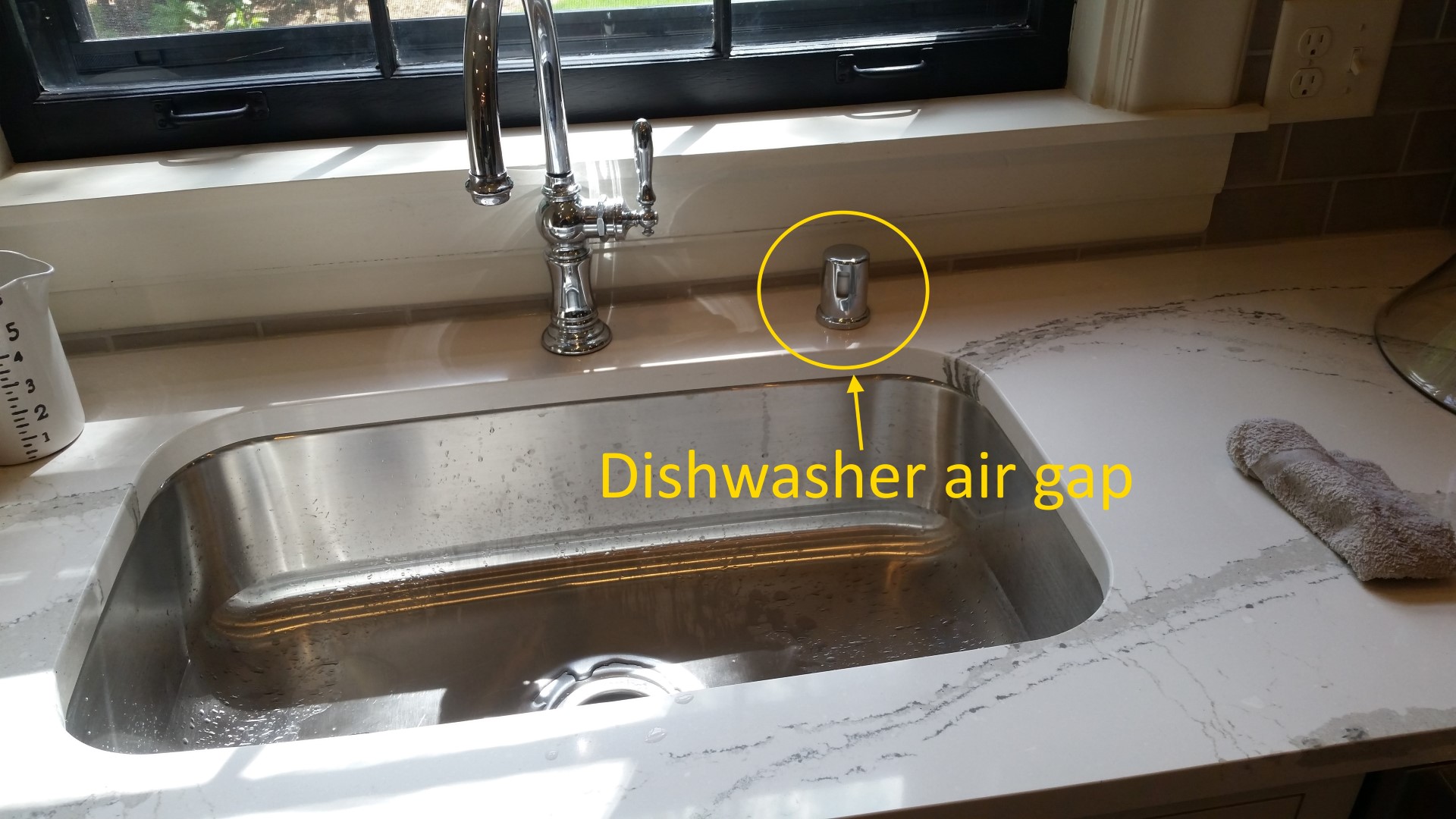
What is an Undersink Air Gap?
 An undersink air gap is a small, but essential, component of your kitchen sink's plumbing system. It is typically a small cylindrical device that sits on top of your sink's countertop or is hidden under the sink. Its purpose is to prevent contaminated water from flowing back into your clean water supply.
An undersink air gap is a small, but essential, component of your kitchen sink's plumbing system. It is typically a small cylindrical device that sits on top of your sink's countertop or is hidden under the sink. Its purpose is to prevent contaminated water from flowing back into your clean water supply.
Why is it Necessary?
 Kitchen sinks
are an integral part of any household, used for a variety of tasks such as washing dishes, preparing food, and even filling up water bottles. With so much use, it's important to ensure that the water coming out of your kitchen sink is clean and safe for consumption.
Without an undersink air gap, there is a risk of
backflow
, where dirty water from your sink can flow back into your clean water supply. This can happen if there is a sudden drop in water pressure, such as when a toilet flushes or a washing machine is being used. The
air gap
creates a physical barrier between the dirty water and your clean water supply, preventing any contamination.
Kitchen sinks
are an integral part of any household, used for a variety of tasks such as washing dishes, preparing food, and even filling up water bottles. With so much use, it's important to ensure that the water coming out of your kitchen sink is clean and safe for consumption.
Without an undersink air gap, there is a risk of
backflow
, where dirty water from your sink can flow back into your clean water supply. This can happen if there is a sudden drop in water pressure, such as when a toilet flushes or a washing machine is being used. The
air gap
creates a physical barrier between the dirty water and your clean water supply, preventing any contamination.
Compliance with Building Codes
 In many areas, having an undersink air gap is not just a recommendation but a requirement. Building codes are put in place to ensure the safety and health of the occupants of a building. An undersink air gap is often required as a preventative measure against potential cross-contamination of water sources.
In many areas, having an undersink air gap is not just a recommendation but a requirement. Building codes are put in place to ensure the safety and health of the occupants of a building. An undersink air gap is often required as a preventative measure against potential cross-contamination of water sources.
Preventing Costly Repairs
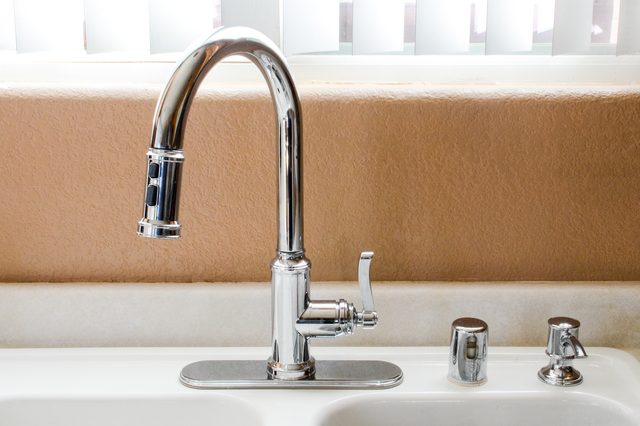 In addition to protecting your health, having an undersink air gap can also save you from costly repairs in the future. If backflow occurs, it can damage your plumbing system and lead to expensive repairs. The cost of installing an undersink air gap is minimal compared to the potential cost of repairs, making it a smart investment for any homeowner.
In addition to protecting your health, having an undersink air gap can also save you from costly repairs in the future. If backflow occurs, it can damage your plumbing system and lead to expensive repairs. The cost of installing an undersink air gap is minimal compared to the potential cost of repairs, making it a smart investment for any homeowner.
Easy to Install and Maintain
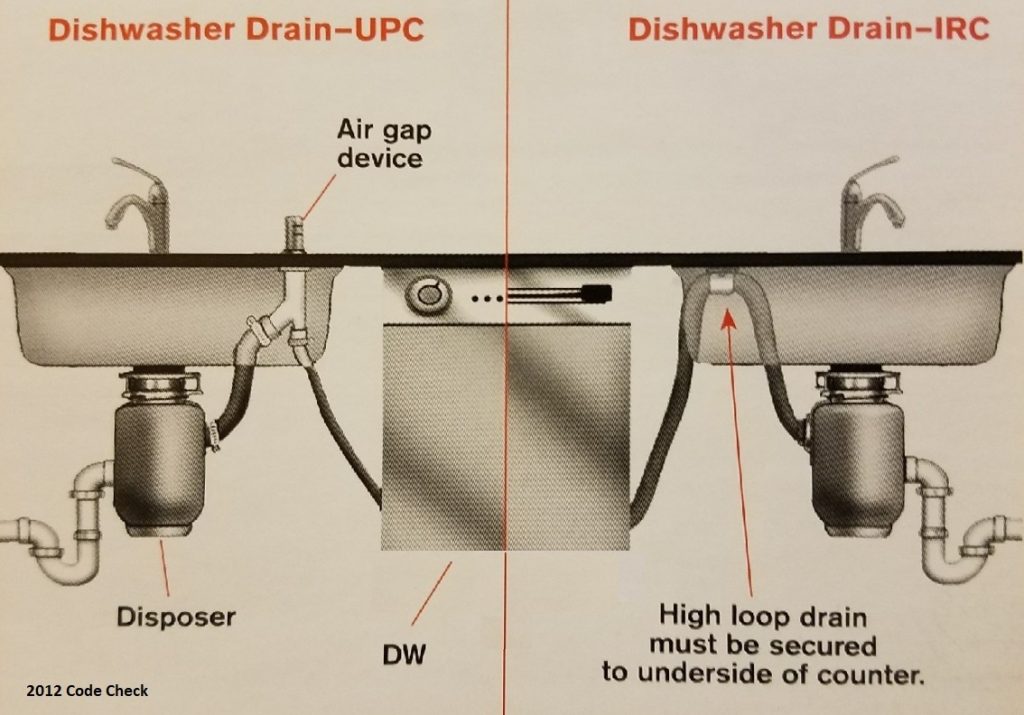 Installing an undersink air gap is a relatively simple process that can be done by a professional plumber or as a DIY project. It usually involves drilling a small hole in your sink or countertop and attaching the air gap device. Maintenance is also easy, with regular cleaning and occasional replacement of the air gap being all that's needed.
Installing an undersink air gap is a relatively simple process that can be done by a professional plumber or as a DIY project. It usually involves drilling a small hole in your sink or countertop and attaching the air gap device. Maintenance is also easy, with regular cleaning and occasional replacement of the air gap being all that's needed.
Final Thoughts
 In conclusion, having an undersink air gap for your kitchen sink is not only necessary for compliance with building codes but also crucial for the safety and health of your household. It's a small addition to your plumbing system that can provide peace of mind and save you from potential costly repairs. So if you don't have one already, it's time to consider adding an undersink air gap to your kitchen sink.
In conclusion, having an undersink air gap for your kitchen sink is not only necessary for compliance with building codes but also crucial for the safety and health of your household. It's a small addition to your plumbing system that can provide peace of mind and save you from potential costly repairs. So if you don't have one already, it's time to consider adding an undersink air gap to your kitchen sink.
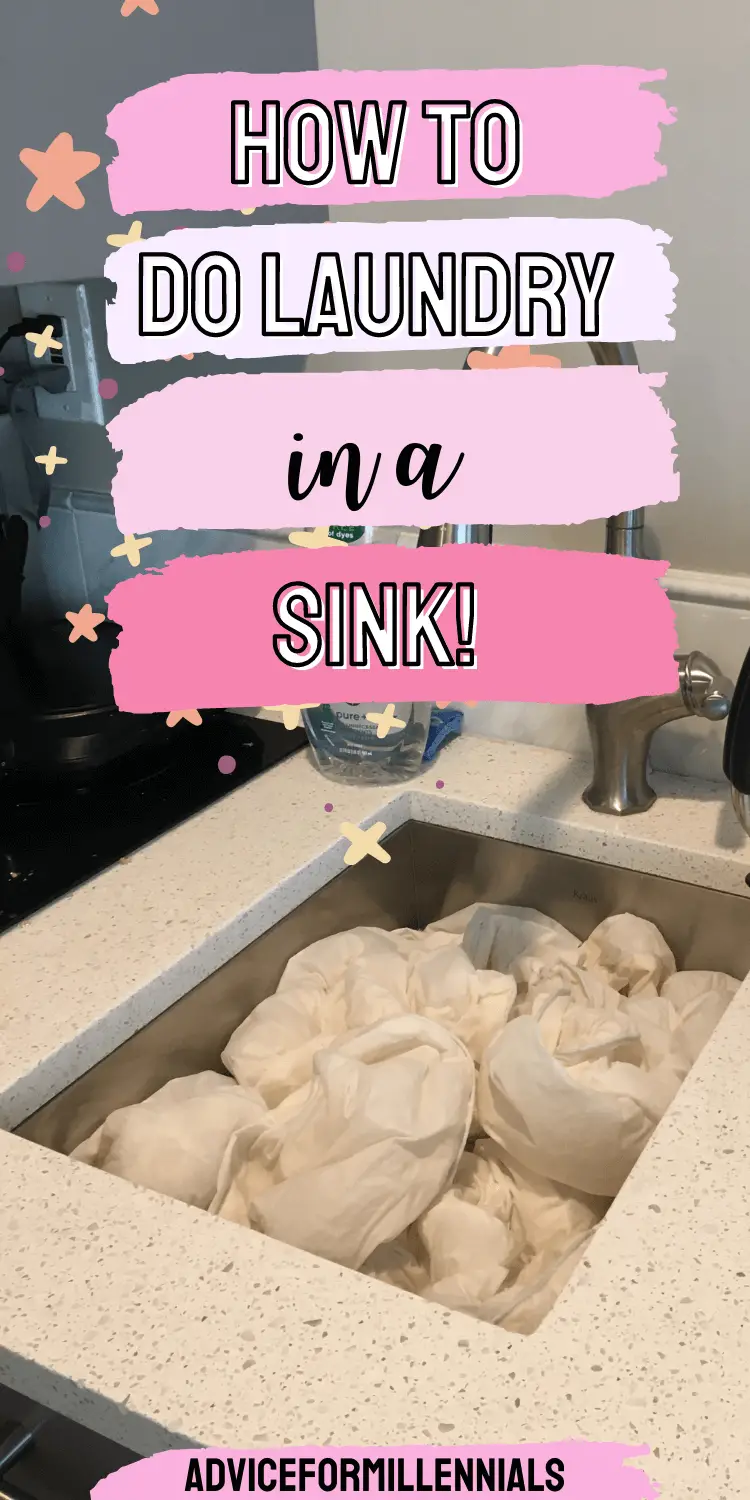





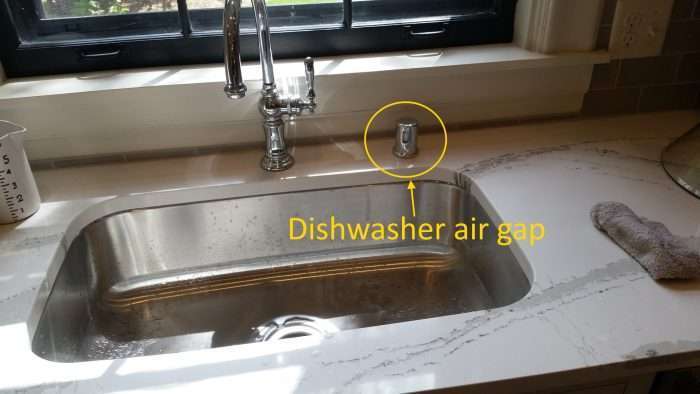






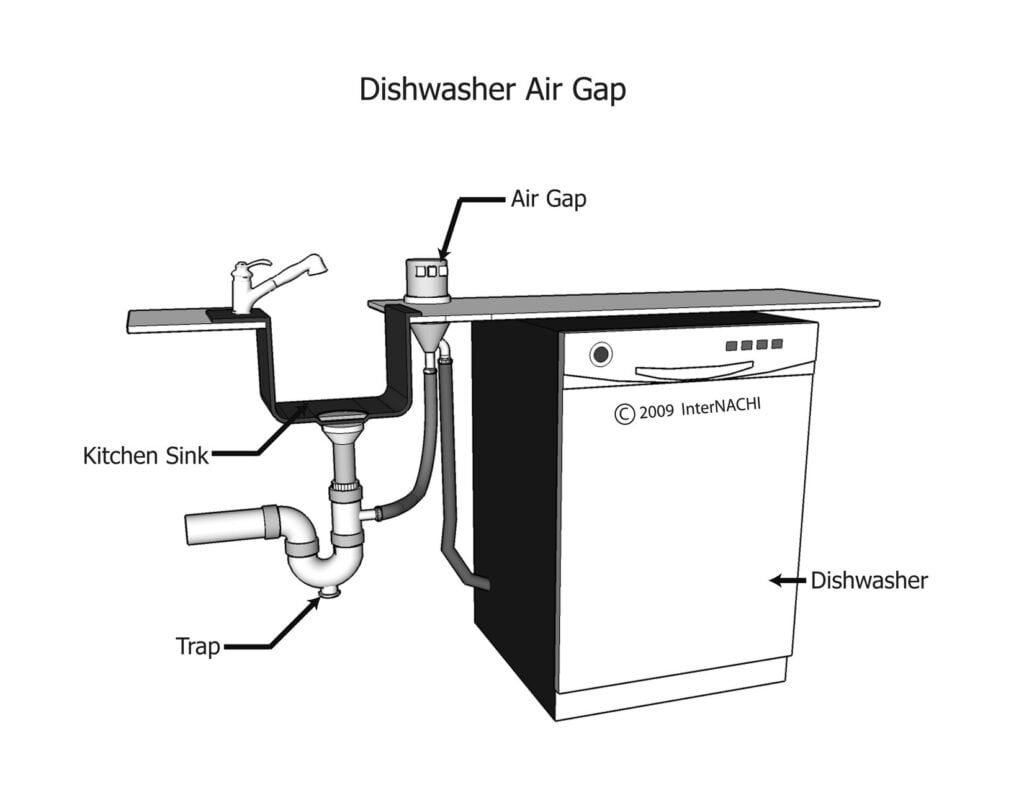
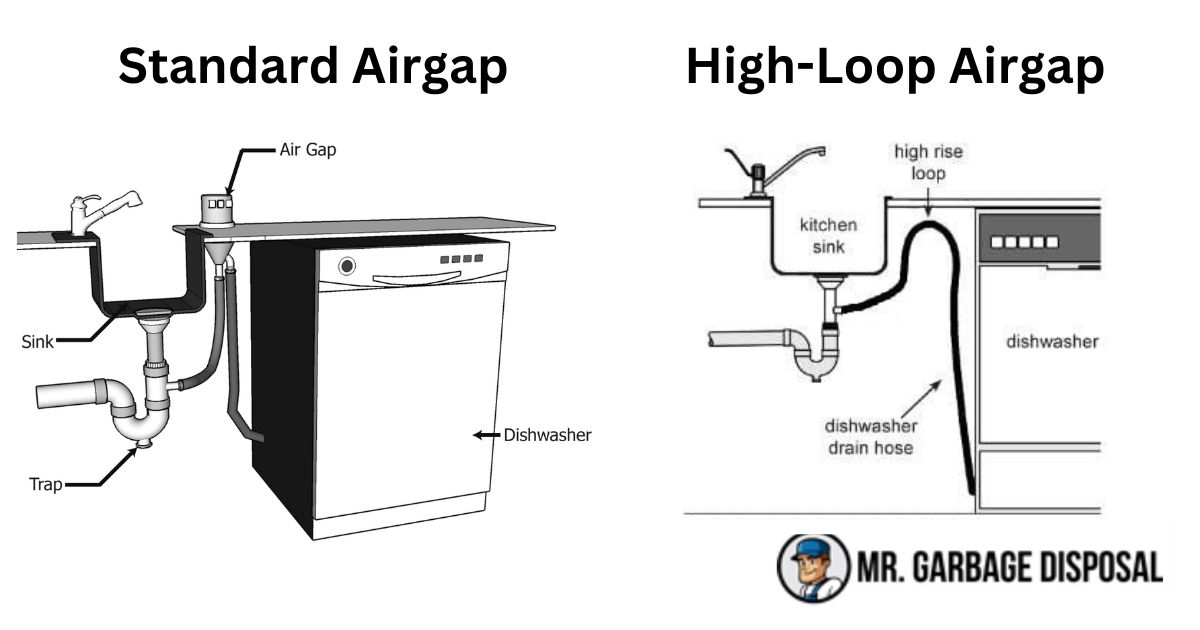















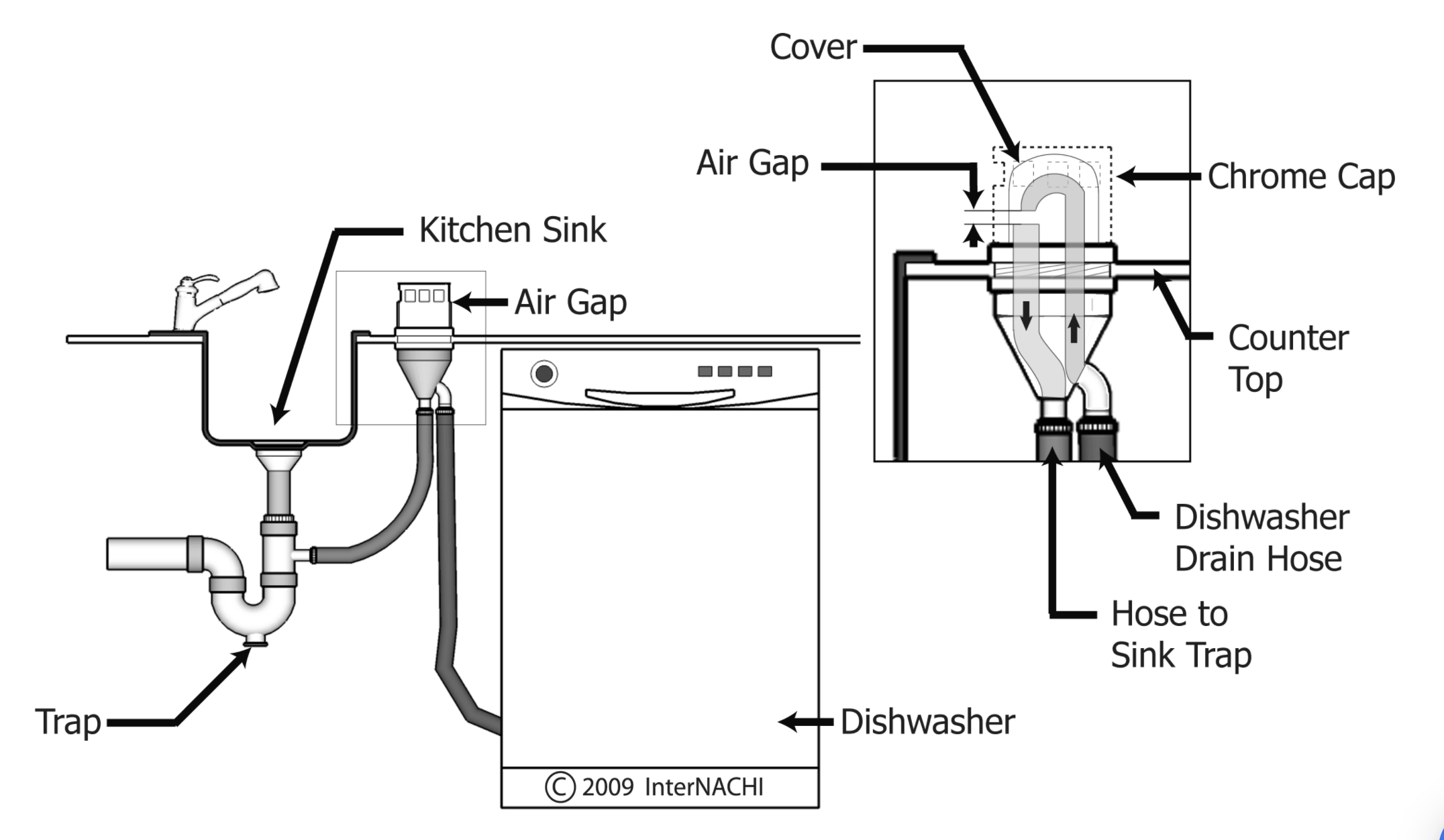
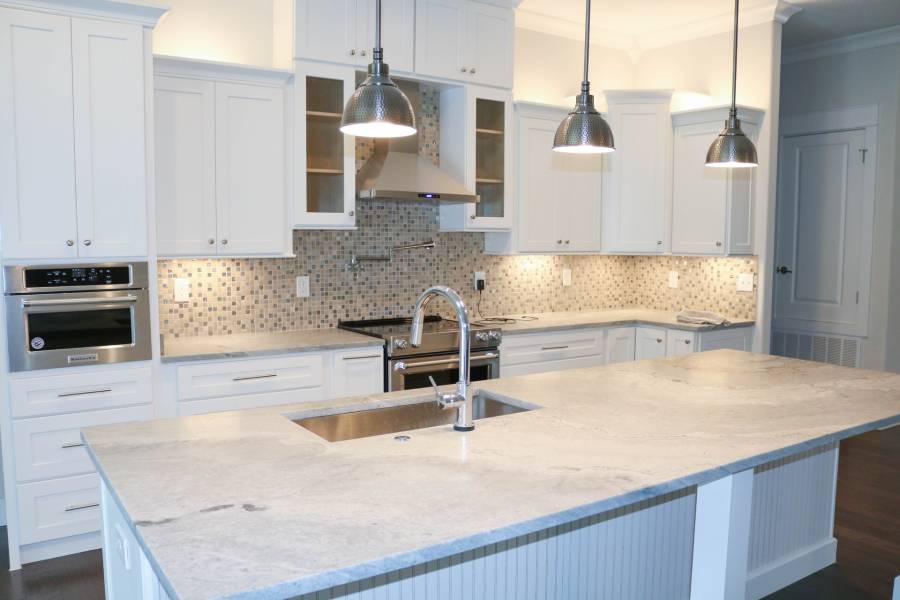





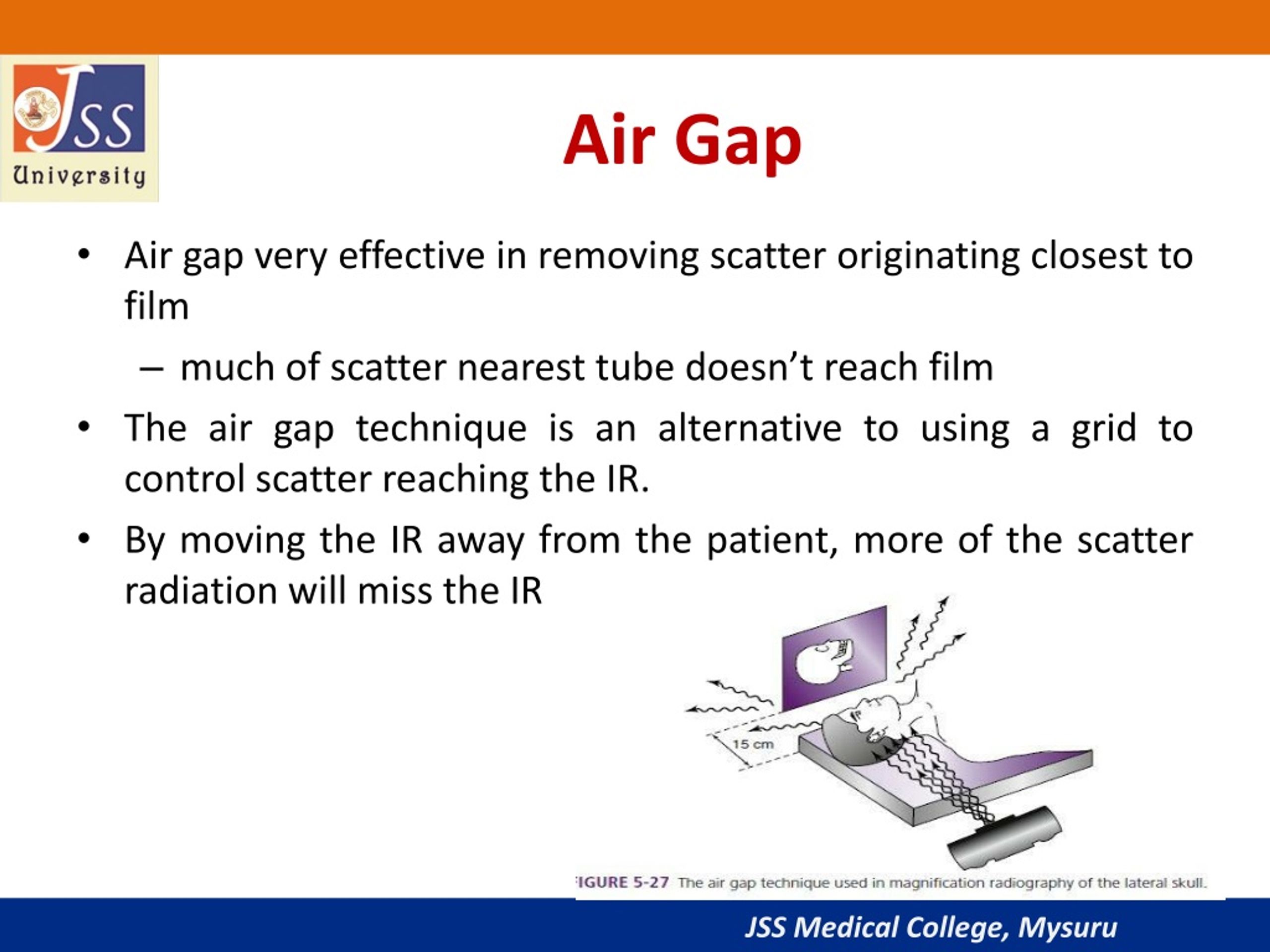
























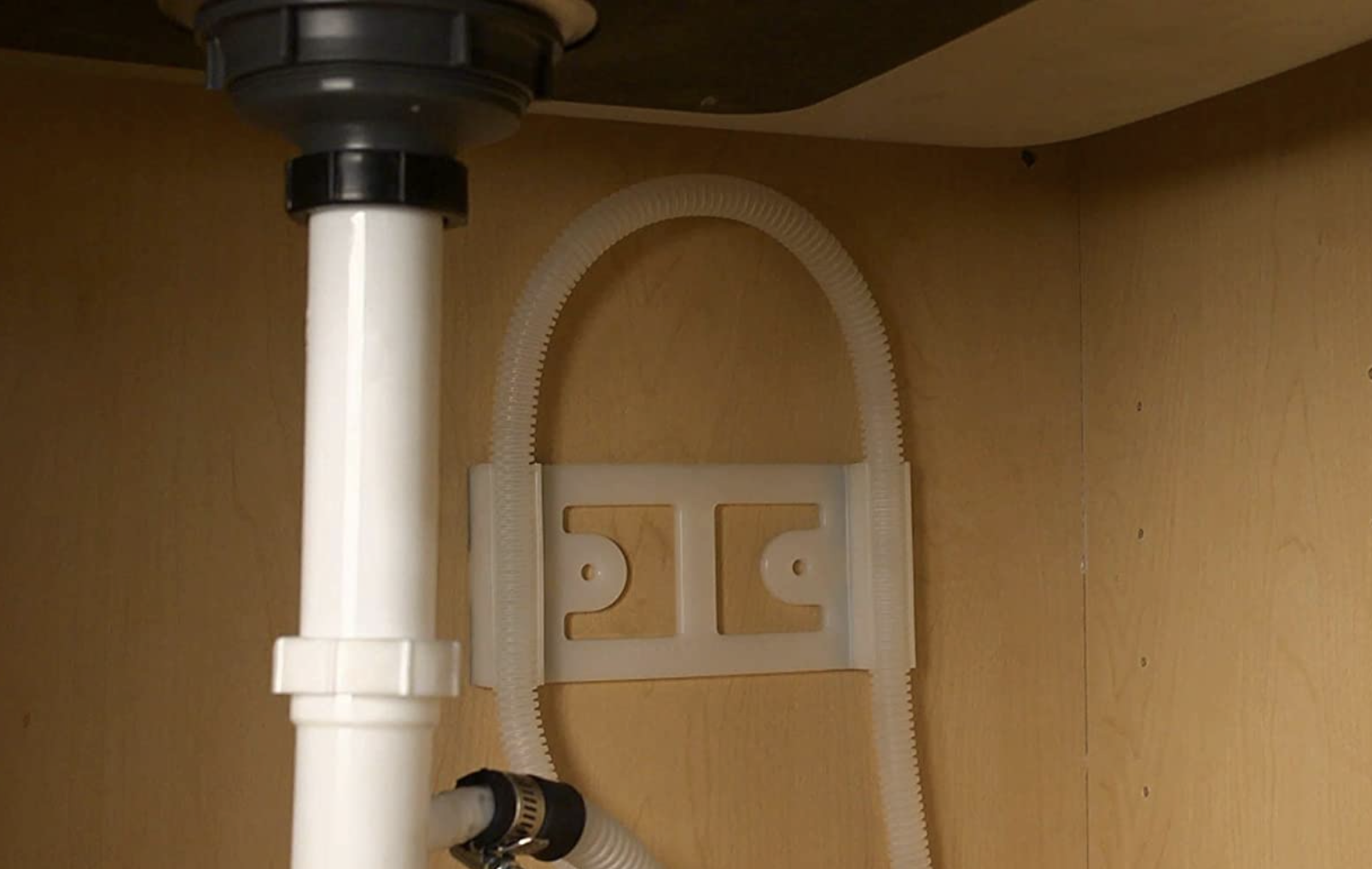











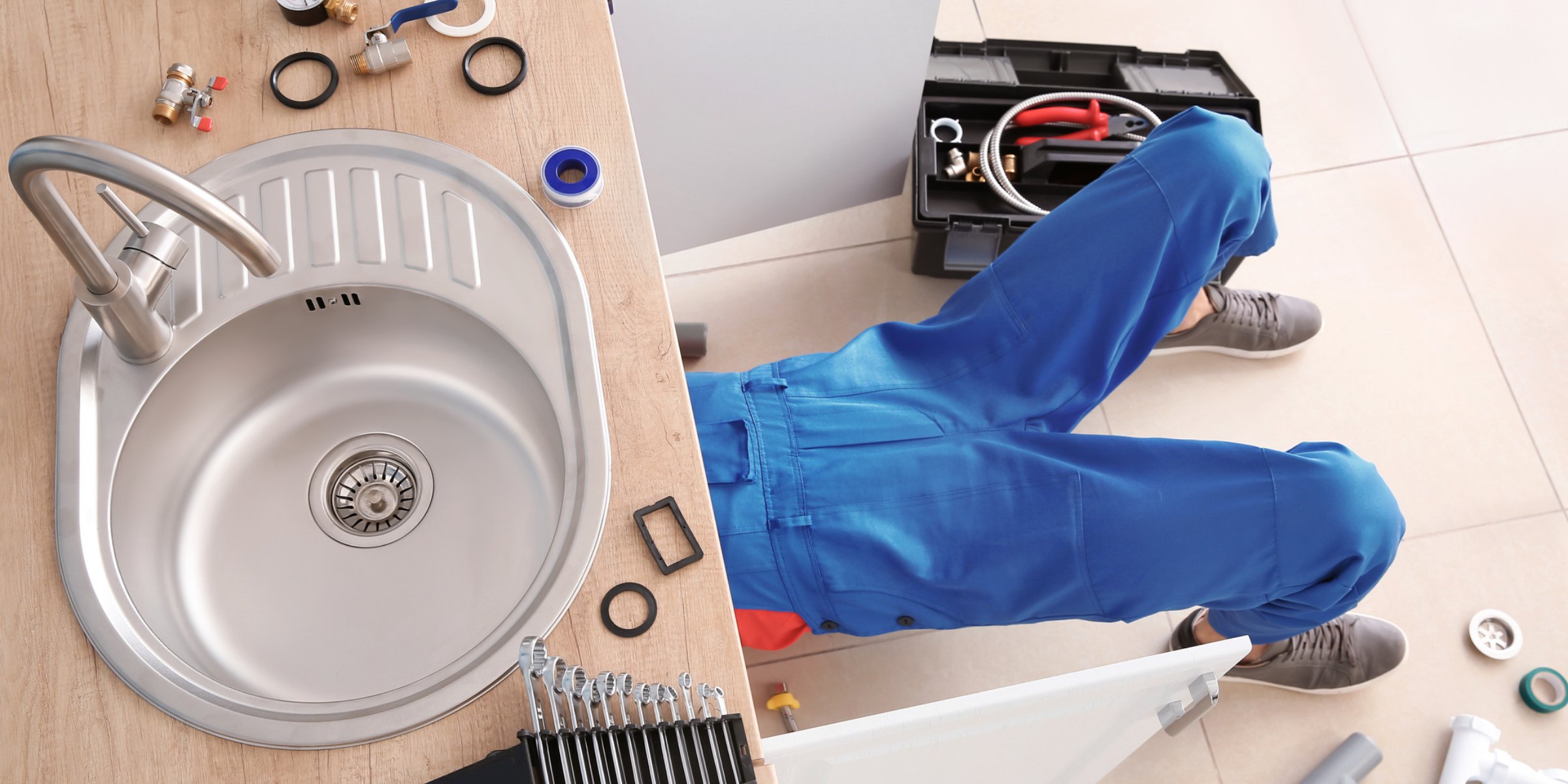

:max_bytes(150000):strip_icc()/Basic-kitchen-sink-types-1821207_color_rev-0b539306b9ef4236a136624ad2a89a4c.jpg)







